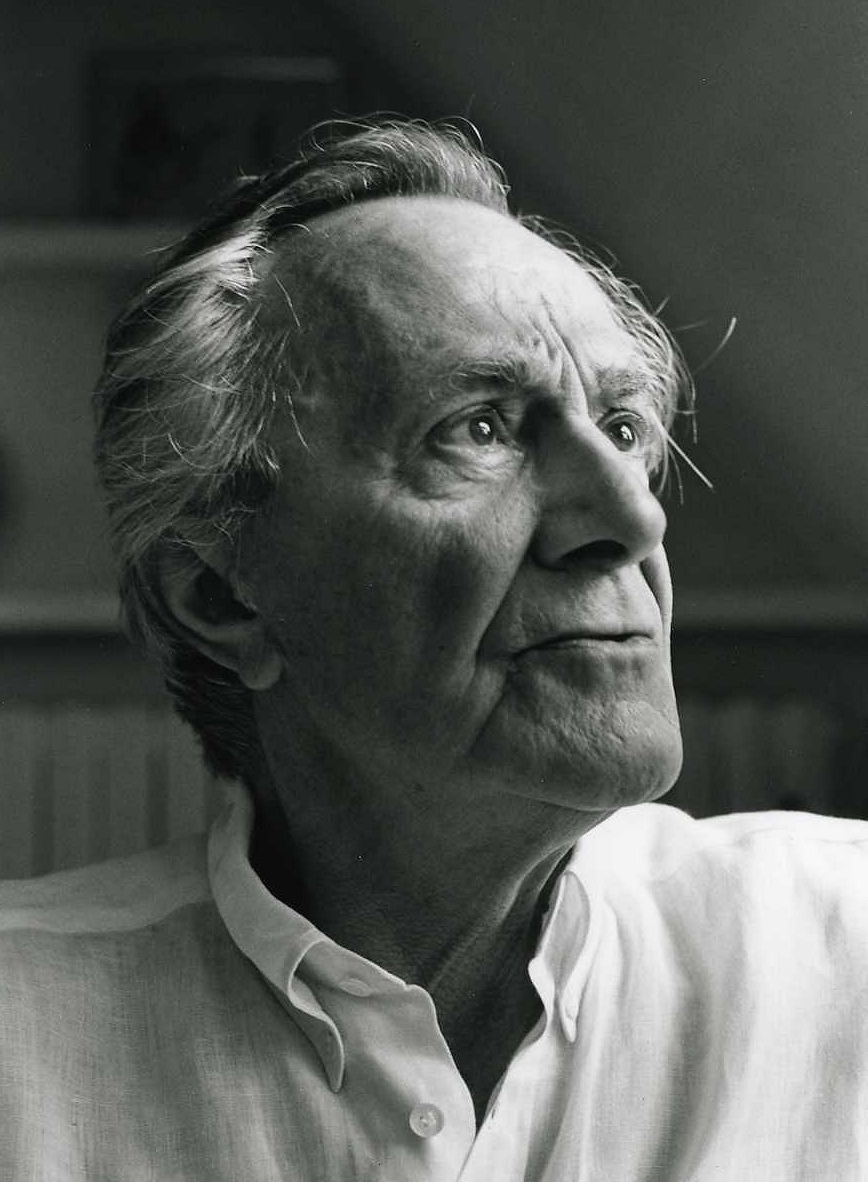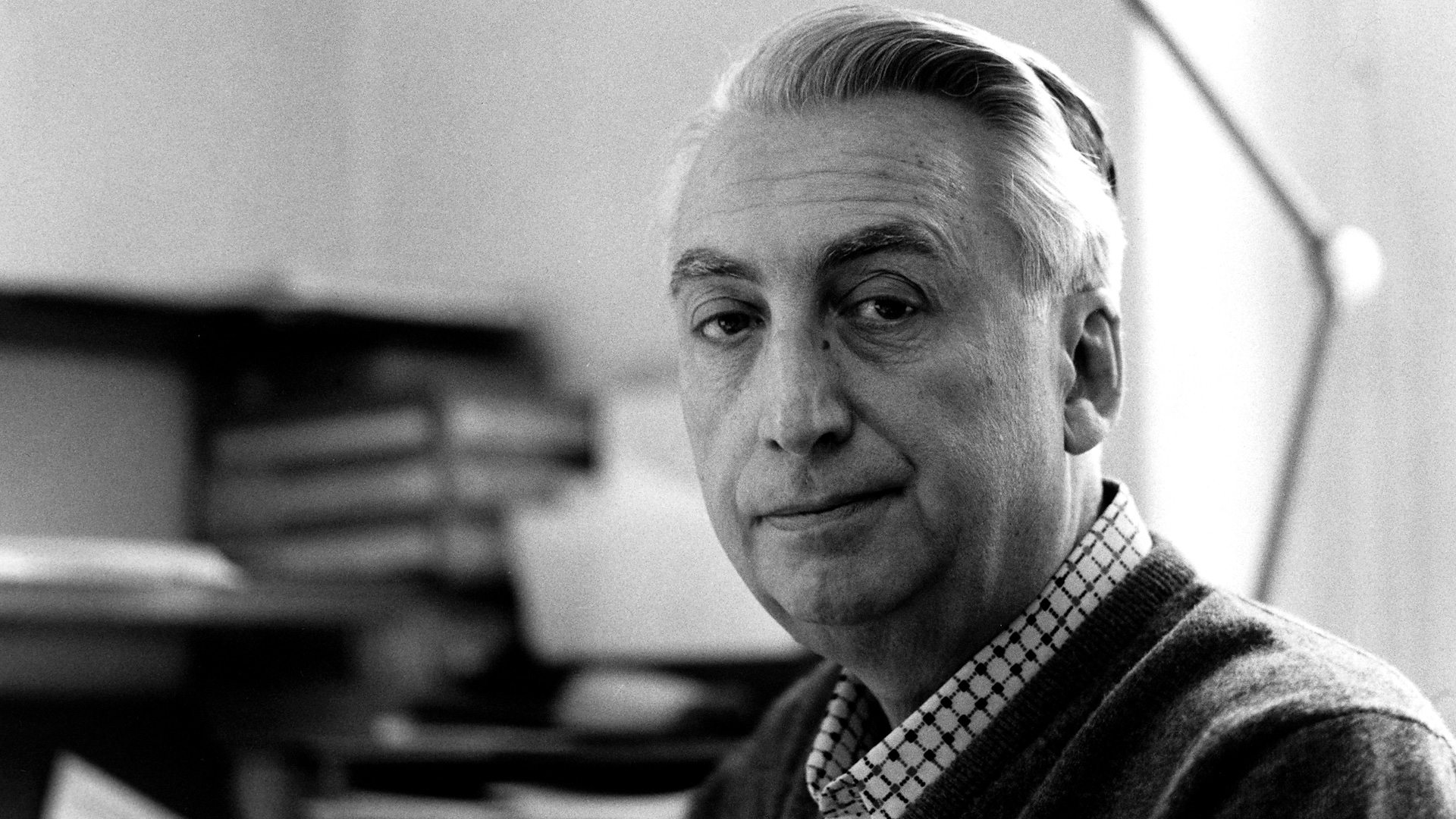Narrative is about the tale, story or recital of facts. In media, narrative is an event shaper and there are no right or wrong ways to go about it. It can always be challenged.
There are some important factors to consider when using narrative:
- Narrative story- refers to all the events, explicitly presented and inferred
- Narrative plot- everything audibly or visibly present
- Voice- can vary, whose story is being told? From whose perspective?
- The way stories are told- how meaning is constructed to achieve audience understanding
- Group events into cause and effect- action and event
The short film has different images that must be created through camerawork, lighting and mise-en-scene. Use of narrative organises time and space in a very compressed form.
Significant Narrative Theorists in Media
In class we had to research various narrative theorists whom had an important impact on media narrative. It was interesting to learn about these key individuals and how they had been role models for base narrative in the majority of all short films created. Each had different methods behind which types of narratives should be used when and why this was.
Here are some examples of those important figures:
Tzvetan Todorov

He believed that all narratives started with an equilibrium which is the beginning of the story when everything is as normal before anything commences. After this would be when an action or event disrupts the equilibrium which then results in a disruption of everyday life (linking to the butterfly effect). Following this would be the quest to restore the equilibrium and the realisation of the problem itself. The narrative continues to a climax and leads onto the problem being resolved. Once the issue has been solved and the equilibrium has been restored everything is not quite the same as before.
His narratives always moved forward in a chronological order. Todorov's theory is rather simplistic and I shall not be relying on his theory in the short film I am going to create.
Claude Levi Strauss

Strauss' theory was all about binary oppositions being a key element within short films.
He also believed that different versions of narratives did not exist and that they were all manifestations of the same one.
Strauss thought that binary oppositions were a clever element of short film used to help a narrative to gather pace; looking for opposition increased pace. For this to work, Strauss also thought that everything that existed had an opposite.
There are critics of Strauss' theory that discuss how everything does have an opposite, however it also has a medium. For example: rich and poor have a middle class.
Lyotard

Lyotard thought that knowledge is transferred and communicated through narrative and that knowledge was required to gain status in society. Alongside narrative, Lyotard came up with a 'Meta-narrative' which refers to a system of beliefs that helps us to make sense of the world e.g. science and religion. Another development in which Lyotard created was the 'Grand-narrative' which is what establishes political and cultural views, leaving no room for people to criticize. Furthermore a 'Mini-narrative' is small and personalised with no great meaning.
Joseph Campbell

George Lucas (creator of Star Wars) was influenced greatly by Campbell's work.
His theory involved 'The Hero's Journey' which is considered significant in any movie featuring a protagonist.
Explaining The Hero's Journey:
These theorists all have interesting theories about narratives within the media however, during the research task I found one theorist stand out more than any of the others. I believe this particular theorist has the most interesting developments and ideas linking to narratives in the media. Once I had begun research upon him, I was eager to learn more and was inspired by his work. This man is called
Roland Barthes.
 Who was he?
Who was he?
- French literary theorist
- Philosopher
- Linguist
- Critic
- Semiotician
Barthes' ideas explored a diverse range of fields and influenced the development of schools of theory including structuralism, semiotics, social theory, design theory, anthropology, and post-structuralism.
He narrowed down the action of a text into five codes that can be applied to any narrative:
- The hermeneutic code- the voice of truthThe way the story avoids telling the truth or revealing all the facts in order to drop clues and create mystery.
- The enigma code- empirical voice (dominant)The way tension is built and the audience is left guessing.
- The semantic code- the voice of the personOften gives additional meaning by a way of connotation.
- The symbolic codeGives broader and deeper sets of meaning.
- The cultural code- the voice of scienceLooks at the audience's wider cultural knowledge, morality and ideology.
Barthes said that text can be open or closed
Open: they can be unravelled
Closed: only one obvious thread in the story
'La Chambre Claire'- Barthes wrote his final book discussing photography as a mean of communication in 1980. This links into the common phrase 'a photograph can speak a thousand words' because he speaks about photographs being another form of communicating and how words aren't needed in order to put your message across. Barthes famously described a photograph as containing "a message without a code"- inferring the direct, physical relationship the objects represent unlike the language in a narrative. This is part of his clever analysis of different media platforms and how effective they are.
There are a plethora of Barthes quotes in which he speaks of narrative and how it leaves him in awe so here are some examples of how narrative affects him:
- "I am interested in language because it wounds or seduces me"
- "The contemporary problem is not to destroy the narrative, but to subvert it"
- Language is a skin; I rub my language against the other. It is as if I had words instead of fingers, or fingers at the tip of my words. My language trembles with desire"
- For writing can tell the truth on language, but not the truth on the real"
In the control of the flow of information we are often teased by a riddle requires us to guess the next piece of information to be revealed"
"Barthes-ism"?
A consequence following Barthes' breadth of study is that his legacy does not include followers of thinkers dedicated to modelling themselves after him. This was because Barthes' work was unique and ever-adapting and refuting notions of stability and constancy means there is no canon of thought within his theory to model one's thoughts upon.
Barthes' Criticism
He had an incisive criticism that contributed towards the development of theoretical schools.
His influence is found in every field in which he came into contact with. There are also other fields that it is thought he had an influence upon such as the representation of information and models of communication, including computers, photography, music, and literature.





